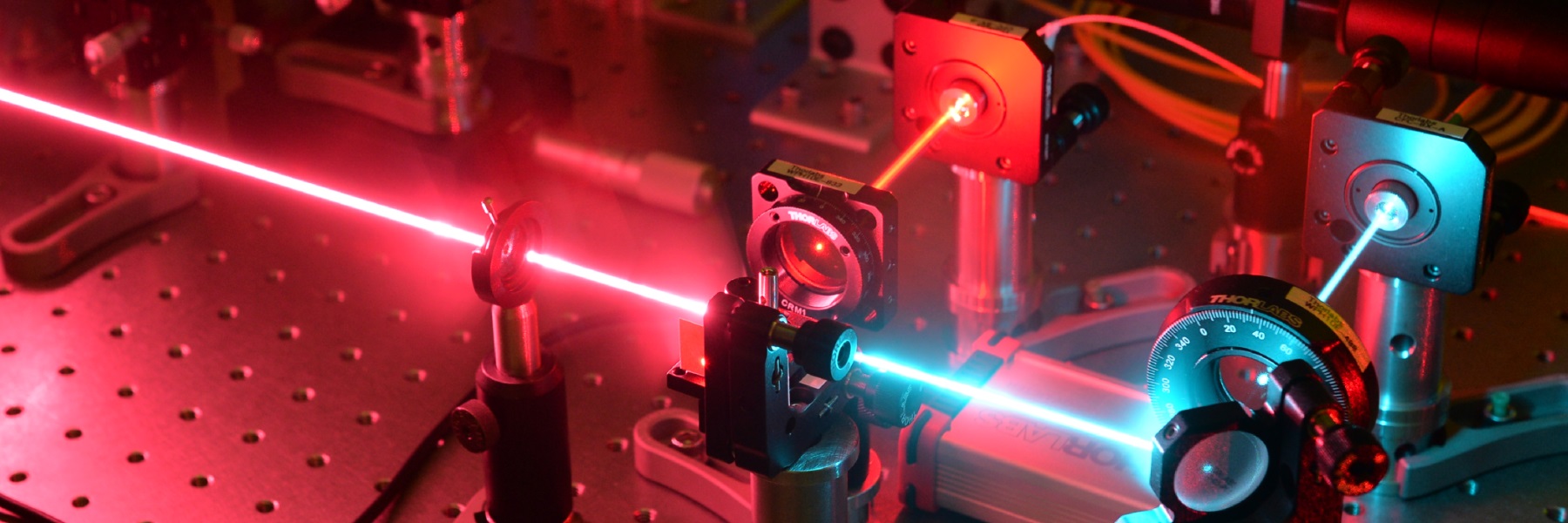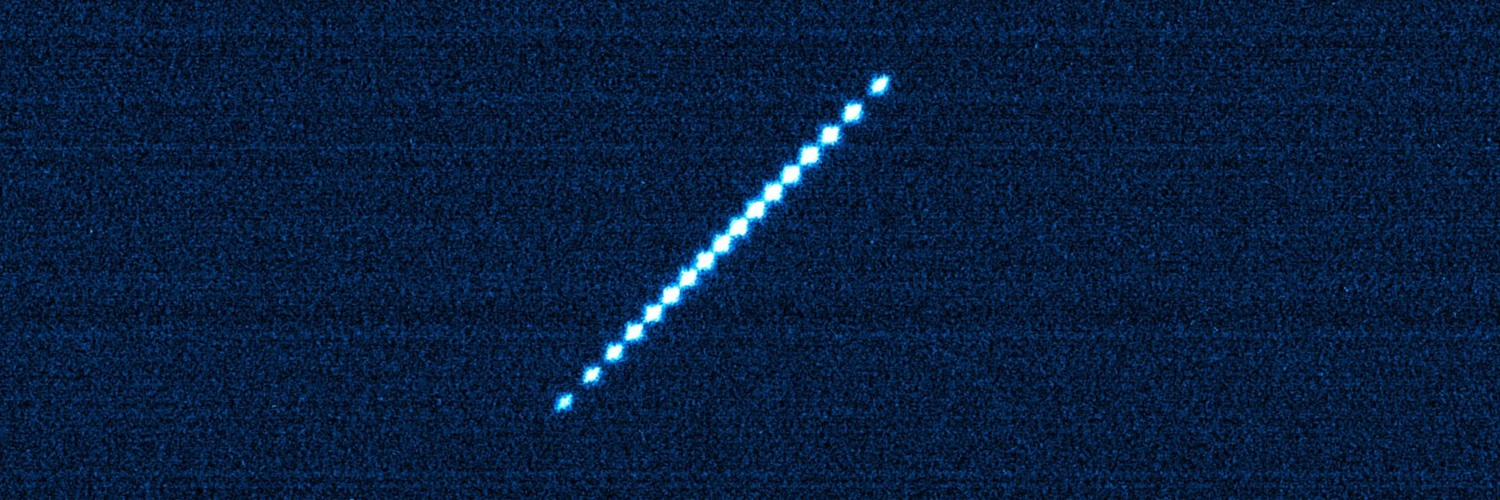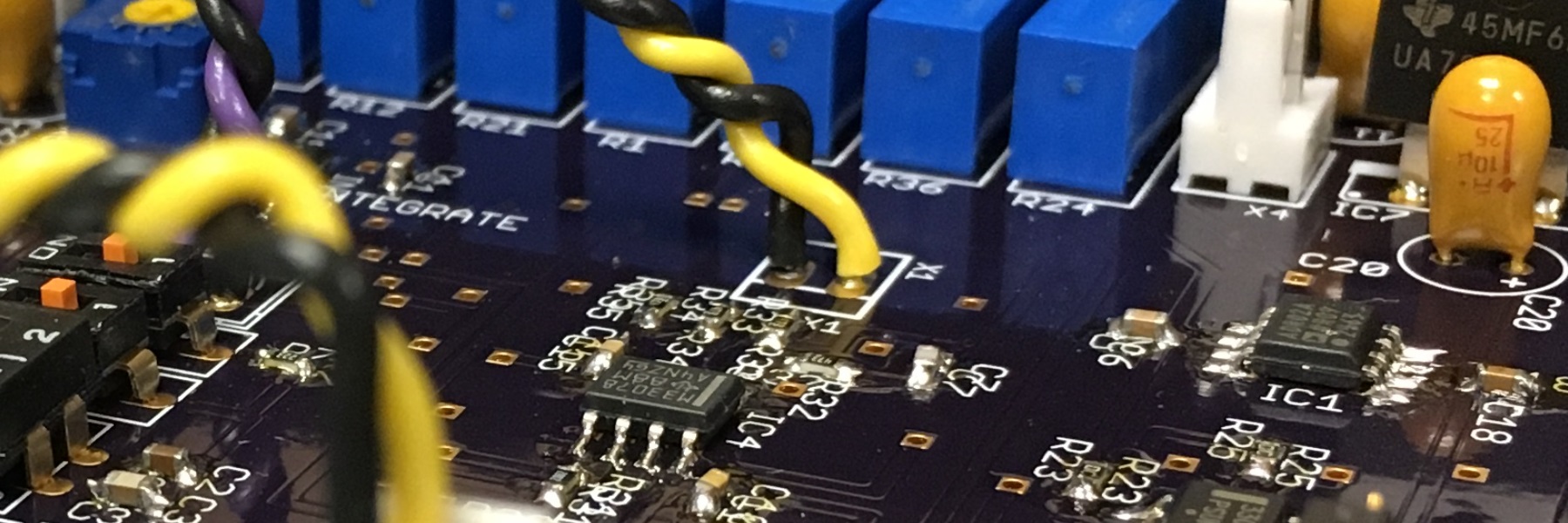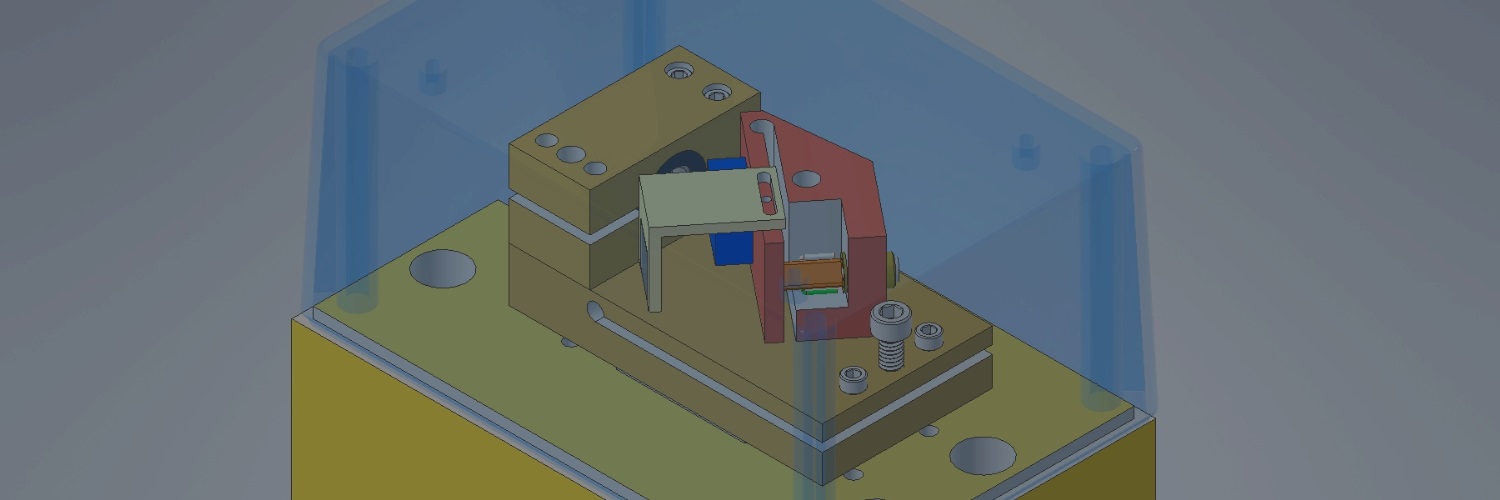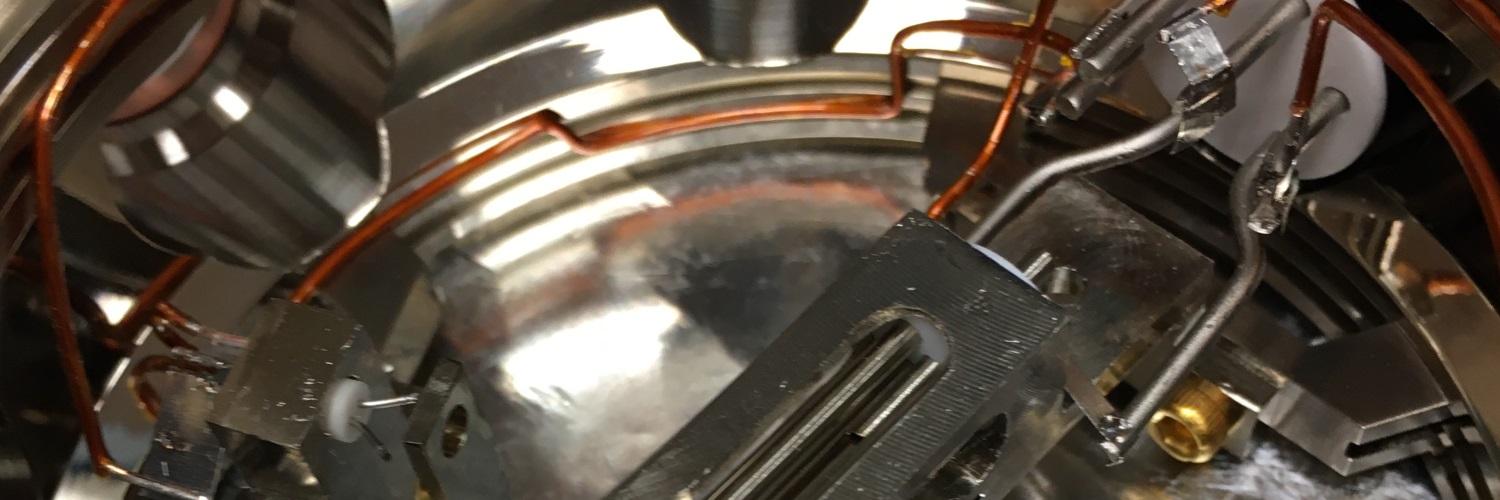Ion Trapping
Summary
We are developing novel rf trap designs for improving the trapping efficiency, light collection, integration and scalability of ion traps. In addition, we are exploring the laser cooling and trapping of exotic atomic species for applications in quantum information and studies of fundamental quantum physics.
Background
Trapped ions were first laser-cooled in 1978 by Wineland et al. [Phys. Rev. Lett. 40, 1639 (1978)] and Neuhauser et al. [Phys. Rev. Lett. 41, 233 (1978)]. Since then, a number of ions have been trapped and laser-cooled to pursue topics in atomic structure, clocks, precision tests of fundamentals constants, quantum information, and more.
While both Penning and Paul traps are widely used to confine atomic ions, in our research group the radiofrequency (rf) Paul trap is our main tool. The rf quadrupole trap was invented by Wolfgang Paul (hence the name "Paul trap"), for which he shared the 1989 Nobel prize. Since Earnshaw's Theorem precludes trapping charged particles by any combination of static electric fields, the rf quadrupole trap uses oscillating electric fields to dynamically confine the charged particles. When the dynamics of the system are taken into account, the effective "pseudopotential" experienced by the atoms can be approximately harmonic in all three dimensions. Ions confined in an rf Paul trap typically are characterized by tight confinement (large trapping frequencies, on the order of MHz) and long trap lifetimes (often anywhere between hours and months).
The Paul trap allows for a large degree of flexibility in trap design, and as a result ion traps are tailored to the particular experiment or measurement being pursued. Recent proposals for applications in areas such as quantum information, though, require a new, demanding level of design considerations. Pioneering results on the microfabrication of ion traps, and a deeper degree of both electronic and optic integration, continue to make advances toward these challenging goals.
Focus
We are focused on developing integrated solutions to the challenges of ion trapping efficiency, light collection, and light transmission over long distance. Integrated solutions will ensure the system may be implemented on a large scale (scalability). In particular, we are pursuing ways to incorporate intra-vacuum optics into the trap structure while maintaining the integrity of the ion trap, and exploring novel techniques for producing photons from trapped ions with wavelengths favorable for long distance transmission.
Denison University
100 West College Street
Granville, Ohio 43023
Dr. Steven Olmschenk
email: olmschenks [AT] denison [DOT] edu
phone: 740.587.8661
